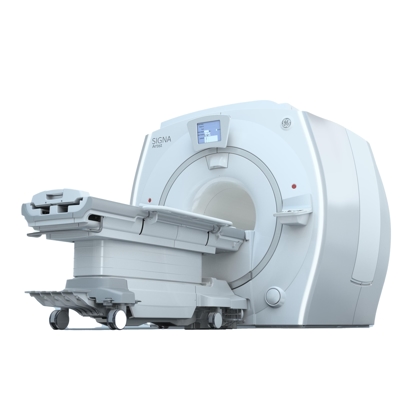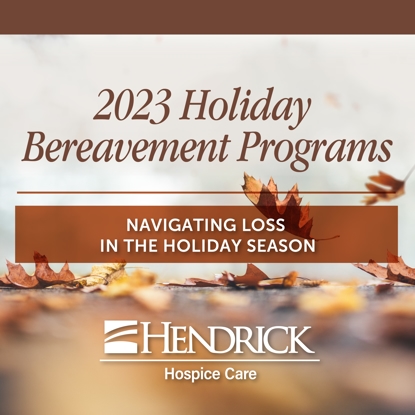Hendrick Health offers exercise classes for individuals with Parkinson’s disease
- Category: News, Rehabilitation & Therapy, Neurosciences
- Posted On:

At the front of the exercise room, instructor Susan King demonstrates movements as she calls out “Reach! Stretch! Twist!” Participants in her Parkinson’s disease exercise class PWR! Moves mimic her as best they can to the beat of music.
About 40 minutes later during the cool down at the end of class, the song “Feeling Good” by Michael Bublé fills the room.
It’s a new dawn
It’s a new day
It’s a new life for me
And I’m feeling good.
The lyrics are an apt description of the spirit of Loyd Hawthorn and the other men and women who exercise at the class in hopes of keeping the progressively deteriorating effects of Parkinson’s disease at bay.
“When I was diagnosed with Parkinson’s disease, I didn’t want to sit around and wonder what to do,” said Hawthorne during a class break. “Everything says you can slow the disease progression down doing this.”
King, who previously taught PE to young children and worked at the Hendrick Center for Rehabilitation, started the class approximately eight years ago. Leaders of Hendrick Outpatient Rehabilitation Services sent her to Parkinson’s Wellness Recovery | PWR! in Tuscon, Arizona, to earn a certification in exercise therapy routines specific for individuals with Parkinson’s disease. A physical therapist who is a university professor created PWR!, a nonprofit that specializes in the development of research-based exercises that help improve quality of life.
No one is given the choice to be diagnosed with Parkinson’s disease, but people can choose how to deal with it, said King.
Parkinson’s disease is named after English physician James Parkinson, who in 1817 wrote about a group of motor dysfunction symptoms related to the nervous system that now define the disorder. As nerve cells in the brain deteriorate, the body develops problems with movement. Individuals with Parkinson’s disease can experience four main symptoms: tremors, rigidity, bradykinesia (slowed movements) and instability in balance and posture. There is no cure for Parkinson’s disease, but medications and other treatments can aid in controlling the symptoms.
The aches and stiffness of Parkinson’s disease can make routine activities daunting. But, participants in King’s class said they are always glad they make the effort to attend.
“I’ve not noticed a major decline with my Parkinson’s disease since coming to class,” said Rodney Hambright.
Each class routine varies. One class may involve a session of air boxing, complete with gloves. Cones for obstacle courses, therapy bands, weighted canes and volleyball with an oversized beach ball keep the classes interesting. Some participants work out while sitting. Others are joined by a spouse. King offers modified instructions for new attendees.
In uniting together in class against a medical condition, participants encourage each other and share coping skills. They occasionally meet outside class for a meal. These social connections help with depression, class members said.
“People from all walks of life can come and do something,” said Hawthorne.
The PWR! Moves class is a program of Hendrick Outpatient Rehabilitation Services, and the cost is $25 a month. The class is offered at 2 and 3 p.m. Mondays, Wednesdays and Fridays at Hendrick Health Club, 2110 Pine St., but club membership is not required. Hendrick Health Club members can take the class at no extra charge. The class also is offered at Hendrick Medical Center Brownwood.
For information about how to join, call 325-670-6047 in Abilene or 325-649-3160 in Brownwood.



